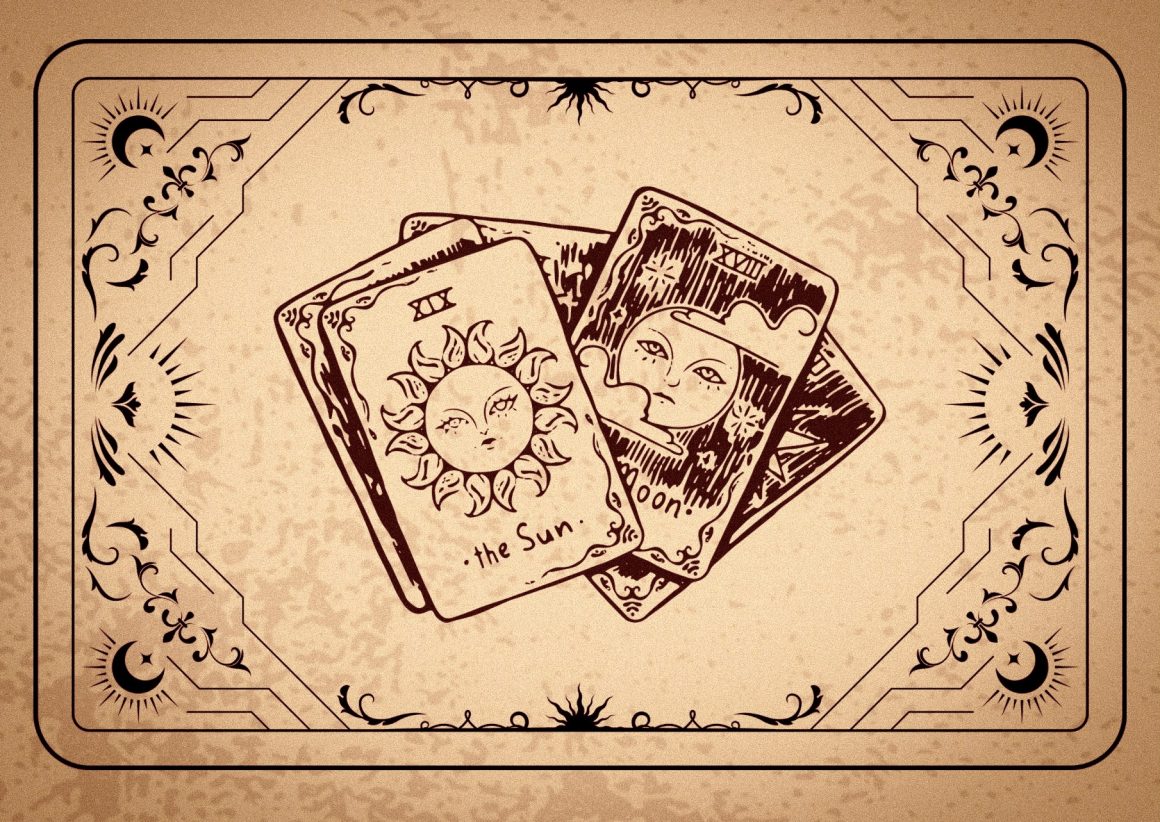
Witchcraft is making a comeback among GenZ
By Josie Simon, October 17 2024—
Interest in witchcraft is on the rise, especially among young people on TikTok. For many, this is not just a passing curiosity. They are genuinely exploring new spiritual paths and seeking personal empowerment through these practices.
Reflecting on history, witchcraft has always been a subject of contention. In ancient times, those labelled witches were often revered as healers and esteemed for their understanding of nature. However, with the spread of Christianity, perceptions shifted, leading to fear and suspicion. This fear escalated into widespread persecution during the medieval era, fueled by misconceptions and influential texts like the Malleus Maleficarum. Despite these adversities, witchcraft persevered.
The 20th century witnessed a transformation in the portrayal of witches. Media began to depict them more positively, moving away from the malevolent stereotypes to viewing them as symbols of resilience and independence.
Today, some people turn to witchcraft for self-help and healing. This fits in nicely with today’s focus on self-care and mindfulness. However, it can also strip away the richness and complexity of its historical roots. TikTok has played a significant role in its current popularity. The platform’s easy-to-use format makes it simple for users to find and share content on spells and tarot readings. However, while TikTok introduces many of these practices, it can also lead to oversimplifying complex spiritual ideas.
Young people are drawn to witchcraft partly because it offers freedom from traditional religious structures. They like the idea of crafting their own spiritual journeys based on personal beliefs. This flexibility can foster a lack of depth, turning witchcraft into more of a personal expression than a serious spiritual practice. Instead of a structured path, it often becomes about what feels right now, losing some of its traditional disciplines and deeper meanings.
The world of consumer products has also made witchcraft more accessible. Crystals, tarot decks and spells are marketed widely, allowing newcomers an easy entry point. However, this commercialization raises questions. Are these products making witchcraft a consumer commodity? This approach can turn spiritual exploration into just another way to shop, reducing the practice’s depth and significance.
For many, witchcraft offers a space to explore identity and self-expression. However, this focus can sometimes be superficial. Instead of engaging with deeper emotional or spiritual growth, it is more about surface-level aesthetics and outward appearances. Collecting tarot cards and colourful crystals might overshadow the actual spiritual intent, turning the practice into something trendy rather than meaningful.
The surge of interest in witchcraft on TikTok is a blend of genuine curiosity and the platform’s trend-focused algorithm. As young people delve into these practices, they confront the challenge of balancing authentic engagement with the superficial interactions often encouraged by social media.
In the end, life can be challenging and complicated. Discover what resonates with you—whether through witchcraft or another outlet—and embrace it.
When approached sincerely, witchcraft can become a powerful journey of self-discovery and healing, honouring its deep roots while fostering personal growth.
This article is a part of our Opinions section and does not necessarily reflect the views of the Gauntlet editorial board.
